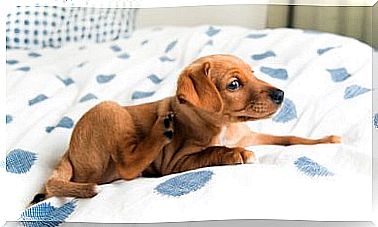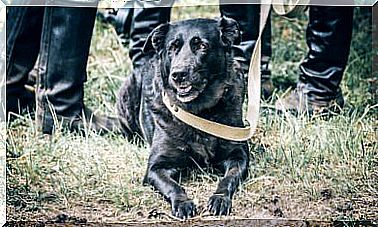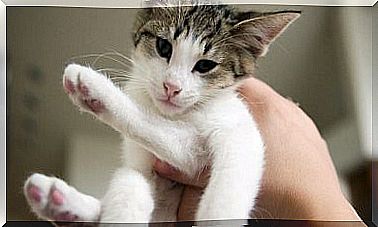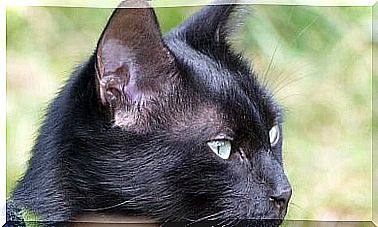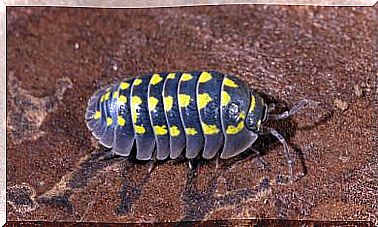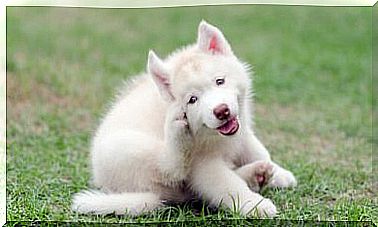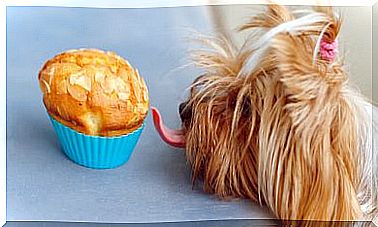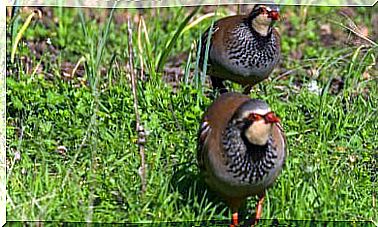How To Care For And Train A Mini Breed Dog

Although for many other things size does not matter, a mini breed dog has special needs due to its size. At first glance, it may seem that some techniques and training are universal, but the best thing for the dog will always be to adapt the care.
If you have questions about what a mini dog is and what makes it so special, in the following lines you can find out about everything you need to know. Do not miss it.
Varieties of mini-breed dogs
Currently, there are the following sizes to classify a breed: giant, large, medium, dwarf or small and toy or miniature. At first glance, it can be difficult to distinguish a dwarf dog from a mini one, which is why international organizations – such as the International Cynological Federation , FCI – consider that mini dogs are those that weigh a maximum of 3 kilos.
Some breeds considered mini are the Pomeranian, the Maltese Bichon or the Chihuahua. All of them have small snouts, short bones and a very reduced body shape compared to the average of their species.
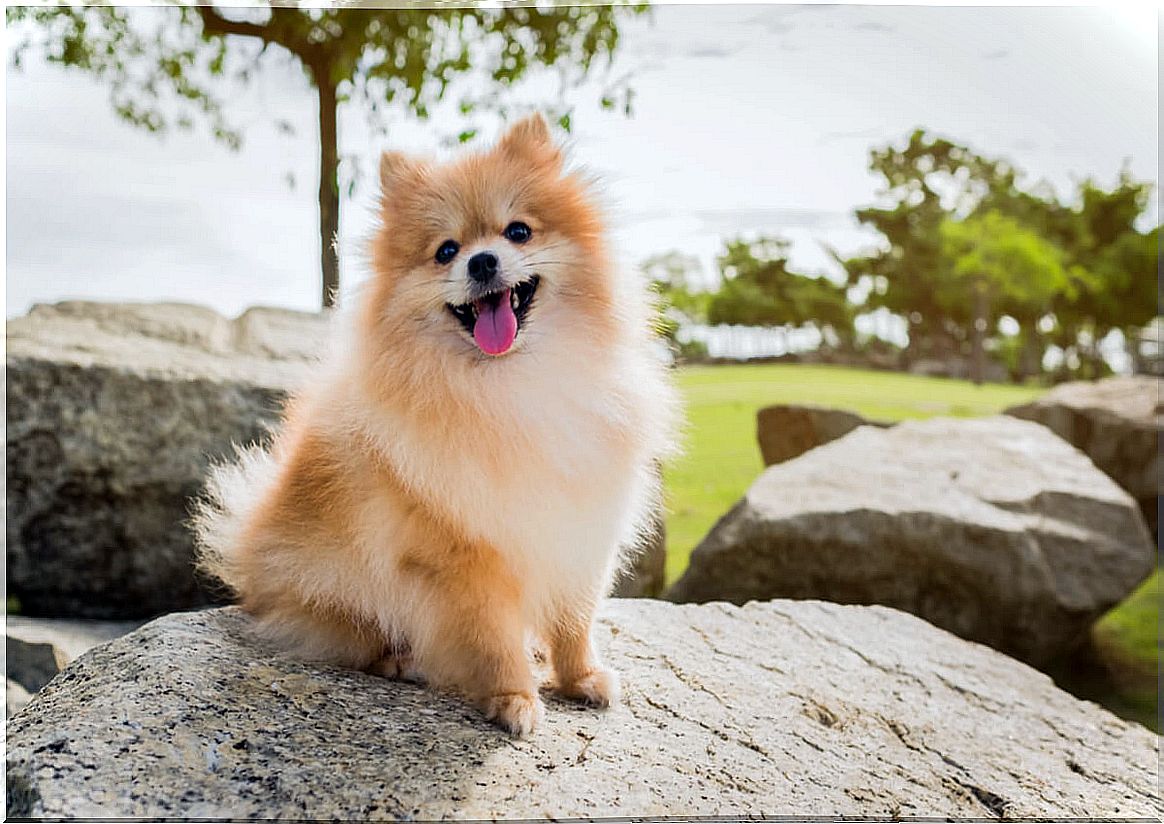
Special care of mini breed dogs
The small size of these canids creates a series of needs that it is important to respect. Some of them are the following:
- Wear a harness instead of a collar: the narrowness of their necks makes them more prone to injury if they pull a lot on the leash.
- Watch out for crowds – a mini breed dog looks worse in the middle of a crowd, thus increasing the risk of accidental stomping.
- Low tolerance to extreme temperatures: the small size of these animals carries less amount of body fat, so you will have to provide them with some warmth in the colder seasons and cool them in summer.
- Avoid climbing to high places: although any dog can be injured if it falls from a considerable height, smaller dogs have a greater risk of fracture.
How to educate these races?
The basic education of mini-breed dogs is the same as for any other dog: a series of easy-to-understand commands that allow the animal to understand itself with you and guarantee its safety. It is also important that you learn to control your impulses and socialize in a healthy way.
Now, humans tend to treat small dogs biased, due to their size. If you welcome one of these miniatures into your home, you must take into account a number of things that influence their education. Among them, we highlight the following:
- The tendency to pick up: it is true that they weigh little, which makes it much easier to transport these dogs or get them out of some unpleasant situation. However, by doing this you may be encouraging them to not socialize properly and depriving them of the exercise they need.
- Always keep the dog on top of you inside the house: except for moments of socialization and pampering, it is not advisable to have the dog on top of you whenever you are at home. This encourages the dog to become territorial or establish an unhealthy hierarchy with you and the other members of your household.
- Overprotection : their appearance may make you think that these dogs are more fragile. Therefore, you must be careful that your protection does not interfere with their correct socialization or emotional development, especially when they are puppies.
Rewards
To reward a mini breed dog, it is enough to follow the same recommendations as for other dogs: do not give him food that is harmful to his health or unbalance his diet with many treats. Fruits and vegetables are good treats and they are healthy.
Training and exercise
Walks and playtime can also be used to train your dog, whatever its size. Tug of war games can be used to help him learn to share, for example, and teaching him to bring you objects helps him learn to come back to your side.

In short, a mini breed dog has needs associated with its size, but this should not be a reason to overprotect it or deprive it of the life that other larger dogs would have. Regardless of the canid, you will always have to know him and learn how to make him as happy as possible.

